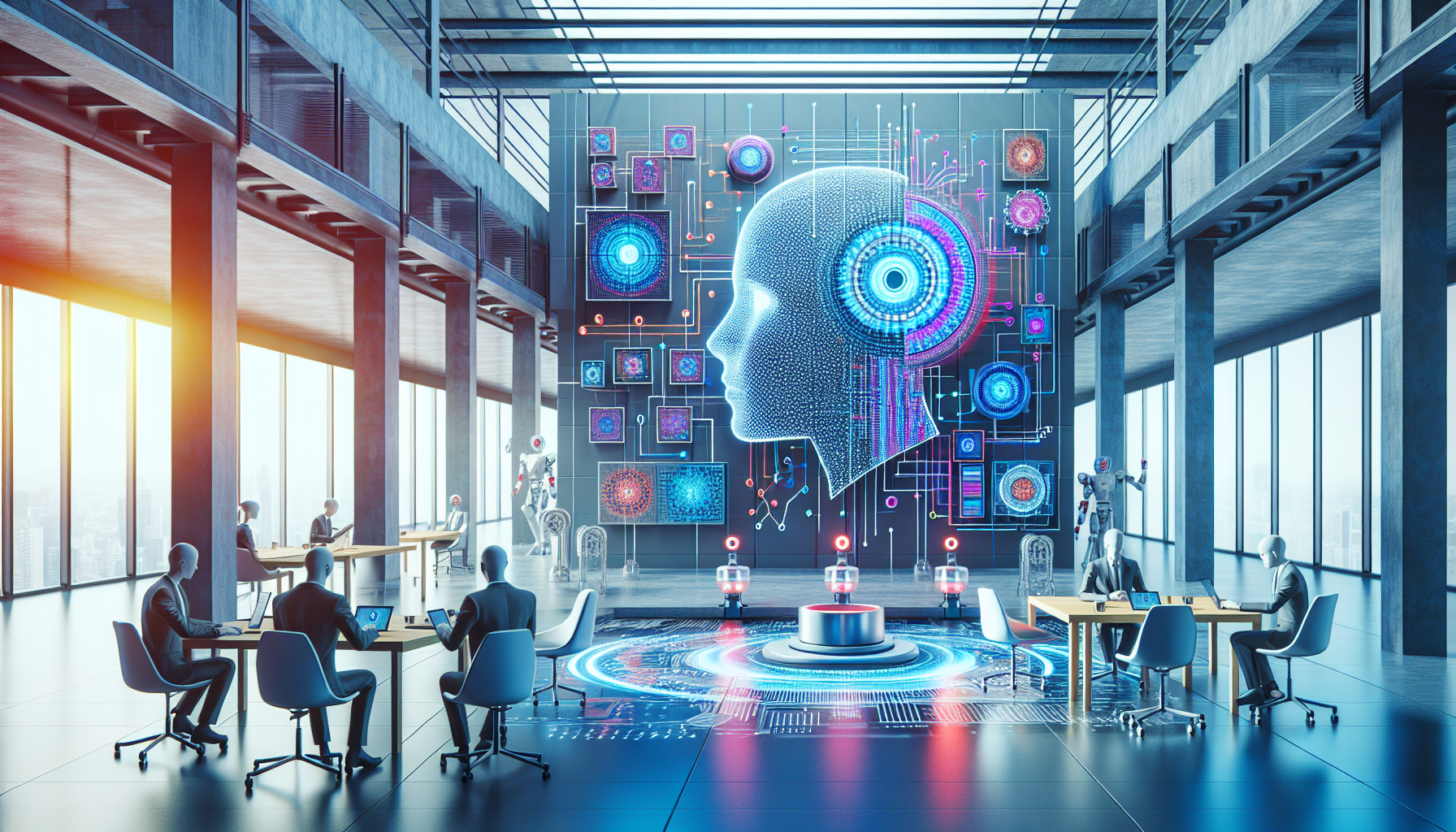
AI in Supply Chain Management: A Critical Look at Efficiency and Dependency
August 21, 2025
The allure of artificial intelligence in supply chain management is undeniable, promising unprecedented efficiency and precision. Yet, beneath the veneer of streamlined logistics and optimized operations lies a complex narrative of dependency and vulnerability. This case study delves into the adoption of AI by a multinational retail giant, revealing not only its undoubted benefits but also the potential pitfalls lurking in the shadows of technological advancement.
The retail conglomerate in question embarked on an ambitious journey to integrate AI into its supply chain, aiming to enhance inventory management, improve demand forecasting, and reduce operational costs. The initial results appeared promising: inventory levels were optimized, stockouts were minimized, and customer satisfaction saw noticeable improvement. However, these gains came at a price that was neither financial nor immediately apparent.
A critical component of this transformation was the company's reliance on sophisticated AI algorithms to predict customer demand. These algorithms, trained on vast datasets, quickly became the backbone of decision-making processes. Yet, as the company soon discovered, the reliance on AI systems introduced a new form of vulnerability. The algorithms, while adept at recognizing patterns, struggled to adapt to sudden market shifts caused by unpredictable factors such as geopolitical tensions or unprecedented global events. The very strength of the AI systems—pattern recognition—became their Achilles' heel when confronted with anomalies outside their programmed understanding.
Furthermore, the integration of AI brought about a significant cultural shift within the organization. Decision-making, once a collaborative effort involving various departments, became increasingly centralized, with AI systems dictating strategies that humans merely executed. This shift led to a gradual erosion of human expertise and intuition, as employees became overly reliant on data-driven insights. The loss of human oversight and the diminishing role of experienced supply chain managers raised concerns about the organization's ability to navigate crises that required nuanced judgments beyond the reach of algorithms.
Another critical issue emerged in the form of data dependency. The effectiveness of AI systems hinges on the quality and quantity of data they process. The company faced challenges in maintaining data integrity across its vast network of suppliers and distributors. Data discrepancies, whether due to human error or technical glitches, could lead to significant errors in AI predictions, resulting in inventory mismanagement or misguided marketing strategies. The reliance on AI thus necessitated an equally robust investment in data governance and quality assurance, an aspect often underestimated in the initial enthusiasm for AI adoption.
The case study also highlights the ethical considerations intertwined with AI implementation. The drive for optimization sometimes led to decisions that prioritized efficiency over employee welfare. Automated scheduling systems, designed to maximize productivity, often failed to accommodate the human elements of worker preferences and well-being. This oversight led to unrest among employees, underscoring the need for a balanced approach that integrates AI capabilities with humane workplace practices.
Despite these challenges, the company's leadership remains optimistic about the potential of AI to revolutionize supply chain management. They acknowledge the need for continuous adaptation and learning, recognizing that AI is not a panacea but a powerful tool that requires judicious application. The experience has prompted a reevaluation of AI's role, emphasizing the importance of hybrid models that blend technological prowess with human insight.
This case study serves as a cautionary tale for organizations eager to leap into the AI-driven future of supply chain management. It underscores the importance of a critical assessment of AI's capabilities and limitations, advocating for a strategic approach that balances technological innovation with human intuition and ethical considerations.
As AI continues to evolve and integrate deeper into the fabric of supply chain operations, the question remains: How can organizations harness the strengths of AI while safeguarding against its inherent risks? This inquiry not only challenges businesses to rethink their strategies but also invites broader societal dialogue on the role of AI in shaping the future of work and industry.


